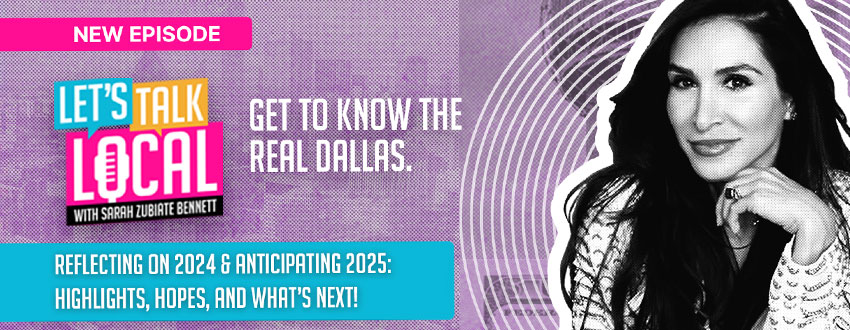No fewer than 350 drugs in the United States are expected to experience price hikes in January.
AstraZeneca, Pfizer, GlaxoSmithKline, and Bristol Myers Squibb are among the drugmakers that plan to raise costs, according to research firm 3 Axis Advisors.
In 2022, over 1,400 drugs saw their prices raised, according to 46brooklyn Research, a nonprofit with ties to 3 Axis Advisors. This year’s increases arrive as the pharmaceutical industry prepares for changes to Medicare stemming from the passing of the Inflation Reduction Act.
The broad bill –- which touches everything from manufacturing to emissions reduction -– permits “Medicare to negotiate for prescription drug prices and extend the Affordable Care Act program for three years, through 2025,” according to a summary of the act.
Of course, rising prices are not unique to prescription drugs. Like every other industry, the pharmaceutical industry has been wrestling with increasing supply chain costs.
Eventually, these higher expenses are passed down to the consumer. While inflation in the United States has eased slightly, it remains historically high, still above 7% annually as of December 2022.
Last year, the average drug price increase was 6.4%, still lower than the overall inflation rate throughout the year. Typically, the industry practice is to cap annual price hikes at 10%. This self-imposed maximum resulted from the backlash pharmaceutical companies experienced after applying “too many” increases in recent years.
According to Antonio Ciaccia, president of 3 Axis, the negative attention drugmakers garner from price hikes has led them to launch at higher starting points.
“Drug makers have to take a harder look at calibrating those launch prices out of the gate … so they don’t box themselves into the point where in the future, they can’t price increase their way back into profitability,” said Ciaccia.
The number of medications with changing prices will likely continue to grow. Historically, January is the most active month for pricing updates.
Pfizer has announced more increases than any other drug manufacturer. So far, the company has announced plans to raise the cost of nearly 100 of its drug brands and those of its subsidiary, Hospira.
GlaxoSmithKline is the second most active, with plans to hike the cost of 26 unique drugs, including a 7% hike on Shingrix, a popular shingles vaccine.
Some already expensive drugs are expected to become even pricier. The CAR-T cell therapies Abecma and Breyanzi, produced by Bristol Myers Squibb, will see their current $400,000 price tag jump by 9%. According to the company, inflation was one of the reasons driving the change.
Pfizer similarly cited inflation as the catalyst for rising drug costs. The company also notes that its average increases of 3.6% remain far below the inflation rate.
Pfizer also claimed that its drug prices –- when accounting for higher rebates and discounts allotted to pharmacy benefit managers and insurance companies –- have actually fallen over the past four years.
In 2019, over $926 million was spent on prescription drugs in Texas — the most of any state in the nation.
As health care costs rise, high rates of obesity continue to impose a substantial burden on public health spending, with medical costs being 30% to 40% higher among obese people. Dallas-Fort Worth has one of the highest rates of obesity of any major metro area in the United States.


